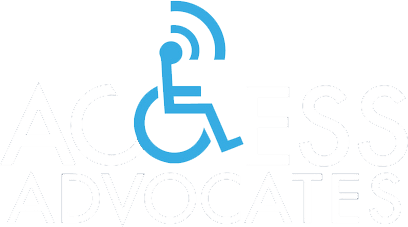 When it comes to seating at sports events, more often than not, the focus of ADA compliance is often on spectator seating. However, did you know there are player seating requirements to be met as well? A previous general requirement to accommodate a wheelchair in the area of a given sports activity was replaced with a more specific requirement in the 2010 Americans With Disabilities Act (see Sec. 221.2.1.4 and 206.7.9 below).
When it comes to seating at sports events, more often than not, the focus of ADA compliance is often on spectator seating. However, did you know there are player seating requirements to be met as well? A previous general requirement to accommodate a wheelchair in the area of a given sports activity was replaced with a more specific requirement in the 2010 Americans With Disabilities Act (see Sec. 221.2.1.4 and 206.7.9 below).
221.2.1.4 Team or Player Seating. At least one wheelchair space complying with 802.1 shall be provided in team or player seating areas serving areas of sport activity.
206.7.9 Team or Player Seating. Platform lifts shall be permitted to provide accessible routes to team or player seating areas serving areas of sport activity. [Advisory 206.7.9 Team or Player Seating. While the use of platform lifts is allowed, ramps are recommended to provide access to player seating areas serving an area of sport activity.]
Player Seating Areas
Effective March 15, 2012, every venue with fixed player seating must provide at least one wheelchair space that is accessible. For example, a player bench in a gymnasium must be accompanied by at least one space for a wheelchair. In many gyms, competitors are often seated right on the bleachers. In such situations, school administrations or other responsible entities must see that the ADA player seating requirement is met.
Baseball Dugouts
Outdoors, baseball dugouts create a specific challenge, as traditional designs require players to take a couple of steps down into the dugout to reach the players’ bench. Clearly, this configuration does not provide an accessible wheelchair space, so a revision in traditional dugout design becomes necessary. By contrast, the ADA player seating requirment does not extend to venues at which no fixed seating is traditionally provided, like soccer, field hockey or lacrosse fields.
State Building Code Updates
State building codes are being revised to reflect these specific ADA standards for player seating. For example, the 2013 update of the California Building Code specifically addresses this requirement (see Sec. 11B-206.7.9, 11B-221.2.1.4 and 11B-802.1).
Accessible Routes
Of course, ADA-compliant player seating is only useable only if wheelchair access is provided to the area. The wheelchair accessible route must connect the outer boundary of the facility and the player seating area. The 2010 ADA Advisory Statement specifically references examples like baseball fields, running tracks, tennis courts and basketball courts. It is important to note that if multiple fields of play or multiple courts are involved, an accessible route must be provided to each one.
If you or a family member is one of the many Americans experiencing accessibility issues in sports venues or elsewhere, please contact us for information on how you can partner with us to advocate for proper ADA compliance.
